Category: Flexible Packaging
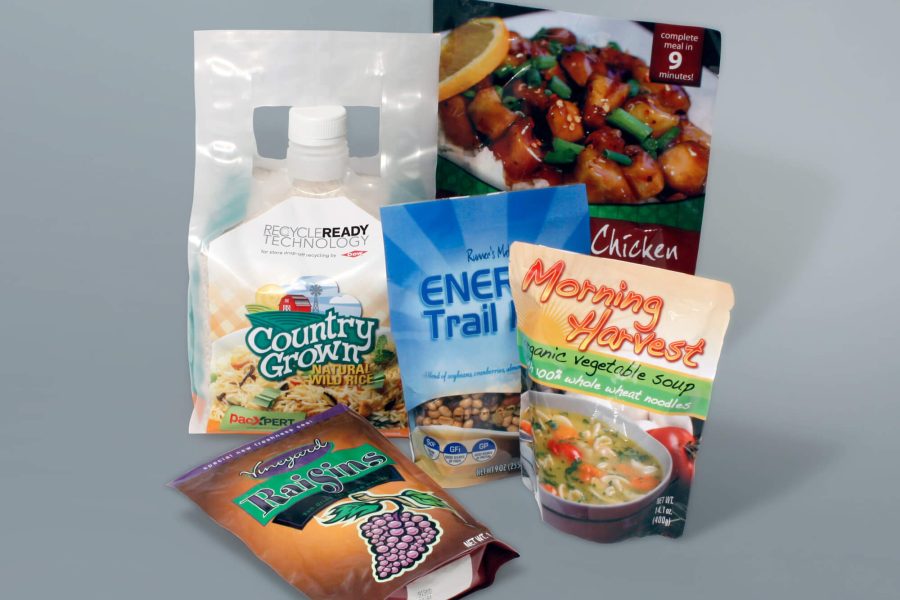
Rigid Packaging vs Flexible Packaging: The Advantages and Disadvantages of Each
When deciding on a packaging option for your product, you will likely come across two main types: rigid and flexible. Each type has its own advantages and disadvantages which we will explore in this article.
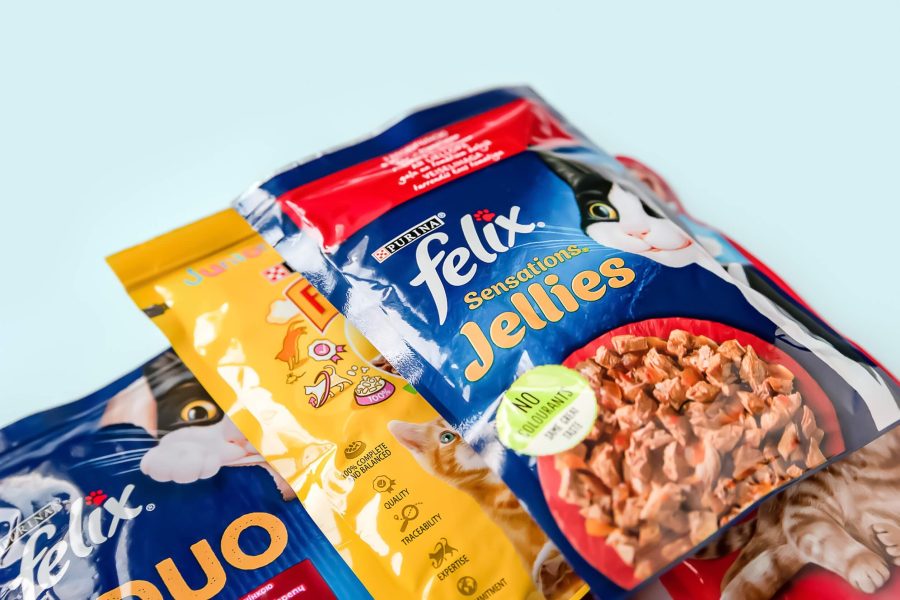
Flexible Food Packaging is the Future: Here Are the Reasons Why
With its many benefits over traditional rigid packaging, flexible food packaging is quickly taking over as the preferred method for storing and transporting food.
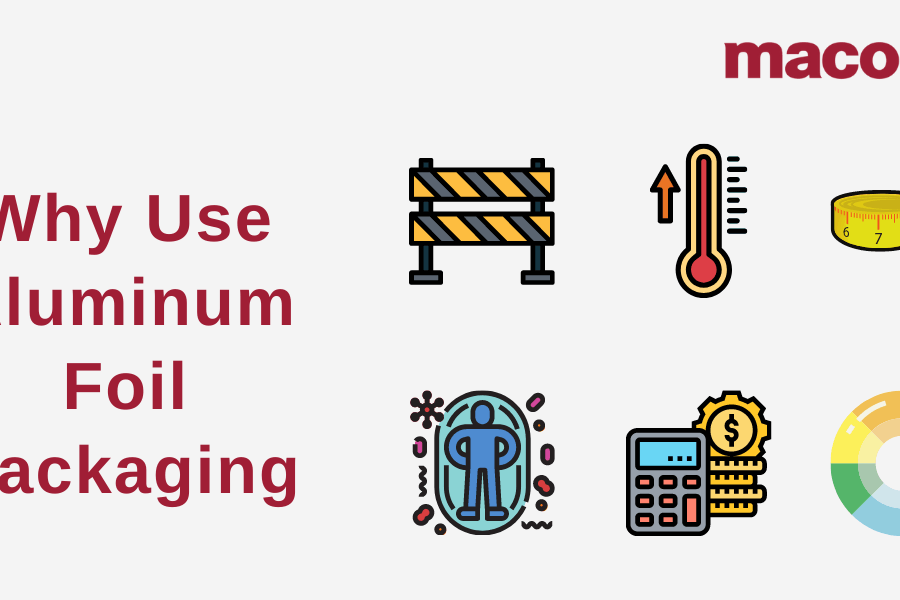
Why Use Aluminum Foil Packaging
Protect your products and enjoy iconic marketing solutions with aluminum foil packaging. Foil flexible packaging comes in a variety of designs and offers significant benefits for your company and your products. Read on to discover how choosing foil as your
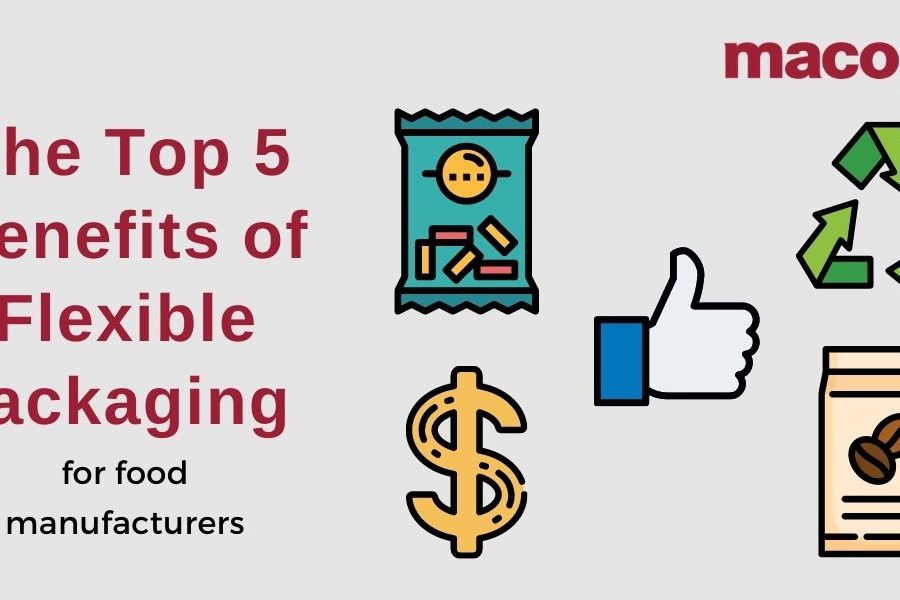
The Top Five Benefits of Flexible Packaging for Food Manufacturers
Today, top flexible packaging companies utilize innovative technologies that will set your product line ahead of the competition. From stand-up pouches to folded bottom and single serve pouches, food manufacturers have many options at their fingertips. Just what makes flexible packaging
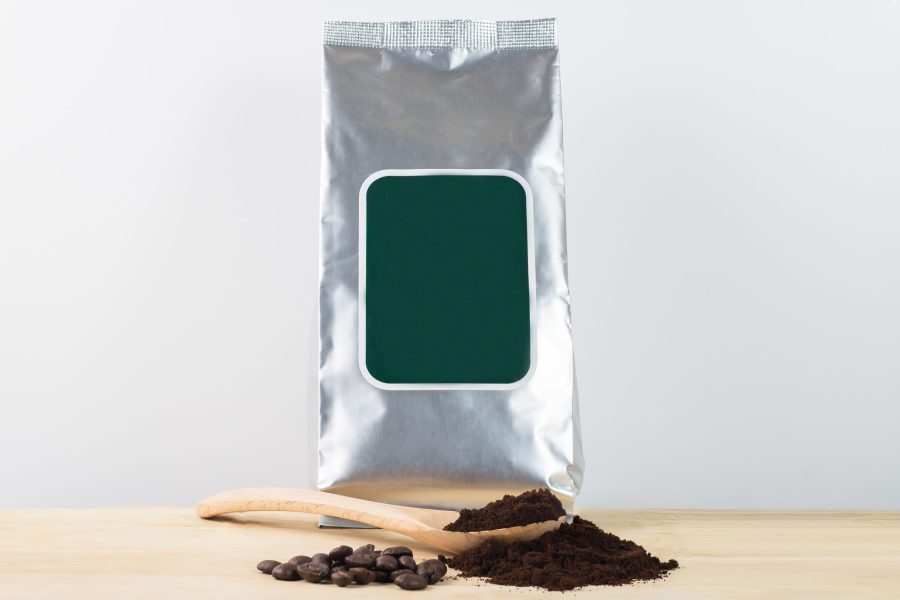
Would Your Product Benefit From Flexible Packaging?
Consumer preferences have shifted over the past decade, with more customers than ever preferring simplified packaging that also reduces the waste associated with buying goods. This trend has been especially pronounced in the grocery market, but you can also see

The Ultimate Guide To Choosing Food Packaging
There are numerous things manufacturers need to accomplish with food packaging. The package needs to naturally state what the product is and convey information about the company. However, it also needs to contain materials related to regulations, protection requirements and
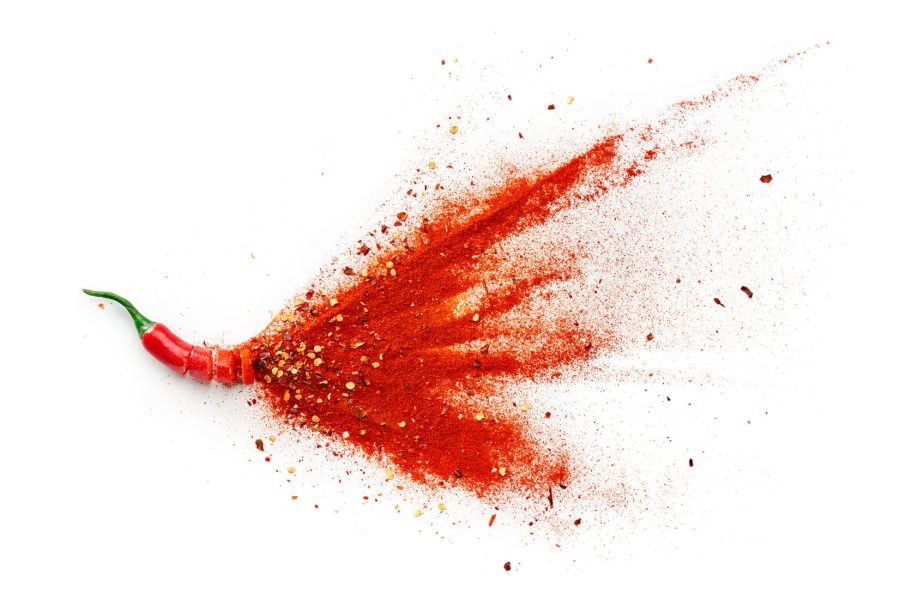
Should I Package My Food Product With Barrier Bags?
Are you looking for flexible packaging with barrier qualities for your new food product? Barrier bags protect your food product from moisture, dirt, grease, contaminants, UV rays, and more. Consumers often prefer food products with packaging that has appropriate protection
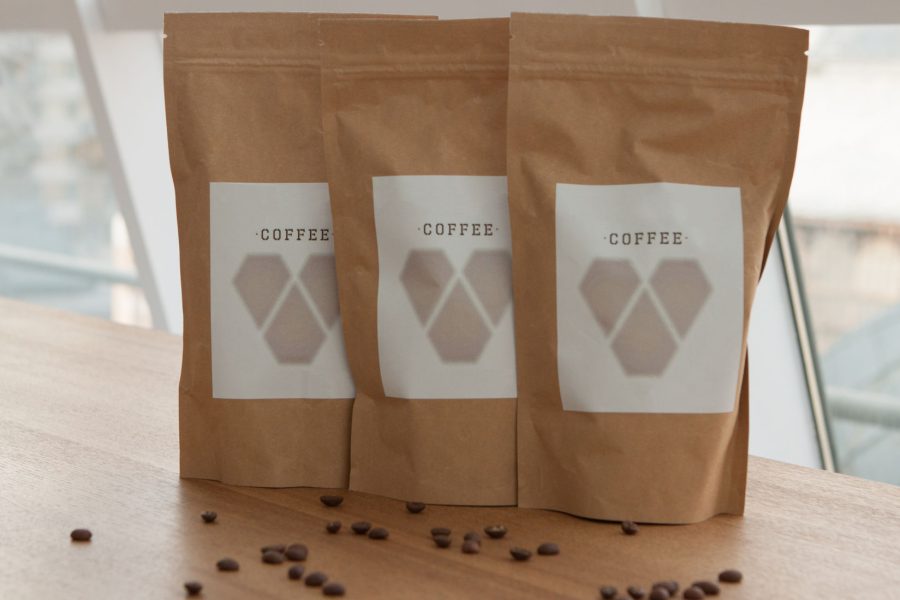
Increase Product Sales With a Stand-Up Pouch for Your Product
When it comes to selling products, the packaging is a huge factor. If a product’s packaging is lacking in presentation or practicality, customers may not buy it. Consumers buy products with packaging that is convenient, informative, and attention-grabbing. Instead of

Recycling Flexible Packaging & Other Items [The Right Way]
According to data compiled by the Environmental Protection Agency, about 33 million tons of plastics were generated in 2014 and only 9.5 percent of plastics were recycled the year before. Yet in our society today, people are encouraged to think

Why Choose Pouch Packaging for Your Food Product?
Are you trying to determine if pouch packaging is right for your food product? A lot of factors impact the success of your product’s sales, and packaging is one major example – including its cost, durability, functionality, and effect on

Maco Pkg Partners with Dow to Bring PacXpert to North America
Maco Pkg Partners with Dow to Bring PacXpert to North America Newark, NY – Maco Pkg is partnering with The Dow Chemical Company (NYSE: Dow) to manufacture PacXpert™ Technologies—an innovative form of flexible packaging that is changing the landscape for

A Powerful Product Receives Powerful Packaging
When the Badass Power Cookie was first created, corporate owners were not convinced this nutritious yet delicious seaweed-baked cookie could survive in retail. How Can a Cookie Pack a Punch? Because the cookie contains spirulina, a blue-green algae filled with
